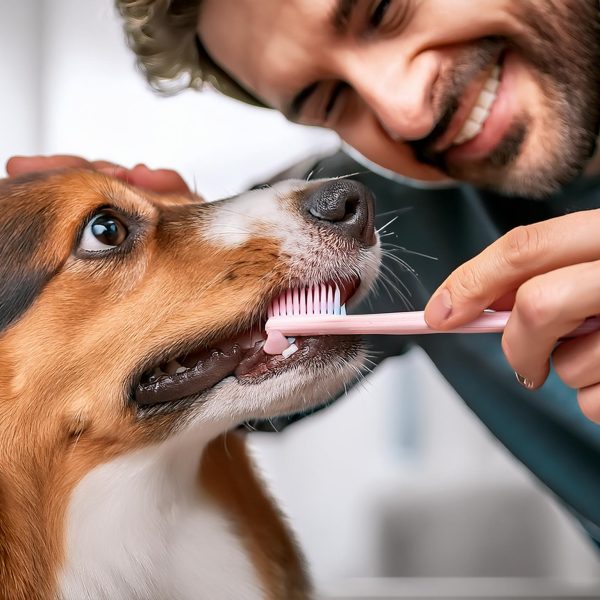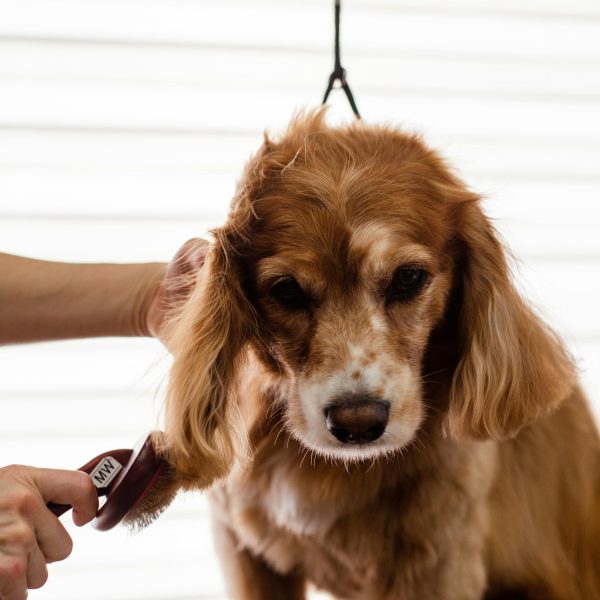Our pets are beloved members of our families, providing companionship and joy. However, for some individuals, the presence of pets can trigger allergies, causing discomfort and health issues. Managing pet allergies involves identifying specific triggers and implementing effective treatments to ensure a harmonious coexistence. In this guide, we will explore common triggers of pet allergies and discuss practical and efficient treatment options.
Understanding Pet Allergies
Pet allergies occur when the immune system reacts to proteins found in a pet’s skin cells, urine, or saliva. These proteins, known as allergens, can lead to allergic reactions in sensitive individuals. The most common sources of pet allergens are cats and dogs, with cats often being more potent allergen producers.
Common Symptoms of Pet Allergies:
- Sneezing and Runny Nose: Allergic reactions can manifest through persistent sneezing and a runny or congested nose.
- Itchy or Watery Eyes: Red, itchy, or watery eyes are typical signs of pet allergies.
- Skin Reactions: Allergies can cause skin rashes, redness, or hives upon contact with a pet.
- Coughing and Wheezing: Individuals with respiratory allergies may experience coughing or wheezing.
- Fatigue and Headache: Prolonged exposure to pet allergens can lead to fatigue and headaches.
Identifying Triggers
Effectively managing pet allergies begins with identifying the specific triggers causing allergic reactions. Understanding where these allergens come from and how they spread is crucial.
Common Pet Allergen Sources:
- Pet Dander: Microscopic skin flakes shed by cats, dogs, and other animals can trigger allergic reactions. These particles can linger in the air and settle on surfaces.
- Saliva: Proteins present in a pet’s saliva, transferred to their fur during grooming, are potent allergens.
- Urine: Allergens in a pet’s urine can become airborne and settle on various surfaces.
- Feathers and Fur: While less common, feathers or fur from birds and other small animals can also be allergenic.
Strategies for Identifying Allergens:
- Consultation with an Allergist: Seek the expertise of an allergist to identify specific allergens and develop an effective management plan.
- Allergy Testing: Skin or blood tests conducted by allergists can pinpoint the precise allergens causing reactions.
- Observation and Journaling: Keep a journal of allergy symptoms and their intensity in relation to pet exposure for valuable insights.
- Elimination Diet: In cases where food allergies contribute to pet allergies, an elimination diet under the guidance of a veterinarian may be beneficial.
Effective Treatment Options
Once triggers are identified, implementing effective treatment options becomes essential. Treatment strategies may vary, and individuals may need to employ a combination of approaches for optimal results.
1. Allergen Avoidance:
- Designated Pet-free Zones: Create areas in the home where pets are not allowed to minimize exposure.
- Regular Cleaning: Clean and vacuum living spaces, including carpets, upholstery, and bedding, regularly.
2. Personal Care:
- Hand Washing: Wash hands frequently after pet interactions to reduce the risk of allergen transfer.
- Pet Grooming: Regular grooming, including bathing and brushing, can help reduce dander and fur in the environment.
3. Air Purifiers:
- HEPA Filters: High-Efficiency Particulate Air (HEPA) filters in air purifiers can capture airborne pet allergens.
4. Medications:
- Antihistamines: Over-the-counter or prescription antihistamines can alleviate symptoms like sneezing and itching.
- Nasal Corticosteroids: These medications can help manage nasal symptoms and inflammation.
5. Immunotherapy:
- Allergy Shots: Allergy shots, or immunotherapy, involve gradually introducing small amounts of allergens to desensitize the immune system.
6. Prescription Medications:
- Leukotriene Modifiers: Prescription medications like leukotriene modifiers can help control symptoms by blocking immune system chemicals.
7. Emergency Medications:
- Epinephrine: Individuals with severe allergic reactions may need an epinephrine auto-injector for emergencies.
Living with Pet Allergies
Living with pet allergies demands commitment and proactive measures to minimize exposure and manage symptoms effectively. Here are additional tips for a harmonious coexistence:
- Regular Veterinary Check-ups:
- Ensure your pet receives regular veterinary check-ups to maintain their health and minimize shedding.
- High-Quality Pet Food:
- Provide a balanced and high-quality diet to your pet to contribute to overall skin and coat health, potentially reducing allergen production.
- Allergy-Friendly Breeds:
- Consider hypoallergenic or low-shedding breeds, as they may produce fewer allergens.
- Consultation with a Veterinarian:
- If allergies persist, consult with a veterinarian to explore potential dietary changes or supplements that may reduce allergen production.
- Educate Friends and Family:
- Inform friends and family about your allergies, and educate them on ways to minimize allergen exposure when visiting.
- Emergency Preparedness:
- Individuals with severe allergies should have an emergency plan in place, including knowledge of how to use an epinephrine auto-injector.
Effectively managing pet allergies involves a multifaceted approach, from identifying triggers to implementing practical treatment options. By taking proactive measures and seeking guidance from healthcare professionals, individuals with pet allergies can continue to enjoy the companionship of their furry friends without compromising their health. With the right strategies in place, a home environment can be created that promotes well-being and harmony for both humans and their animal companions.








